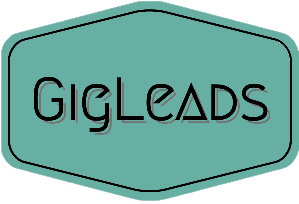
7 Outstanding post structures for UK content writers
There are several reasons why it’s important for content writers to use different post structures and formats.
Writers use post structures and formats to make their message easier to understand and depending on the use case, different formats can help to get the message across with much more clarity.
For example, a step-by-step guide can make it straightforward for the audience to follow instructions, while a cause-and-effect structure can effectively explain the underlying reasons for a problem and present its solution.
Creative writers will use numerous post structures and formats to help with audience engagement and make the message more interesting and relatable.
Content can be made to seem more personal and emotional by using a narrative structure, whereas presenting information in a compare-and-contrast structure makes it easier to understand the pros and cons of different options.
The format that writers use affects the outcome or response to the posts, sometimes even persuading the reader to take a specific action or to adopt a particular point of view.
This is known as a P-A-S structure; problem, agitate, solution.
This kind of structure can be effective in encouraging the audience to complete an action that will fix their problem. A response post, by comparison, can effectively convince an audience to consider an opposing view or counterargument.
Formats and post structures allow versatile writers to adapt their message to different contexts and readers.
Here are different post structures that UK writers can use in more detail.




